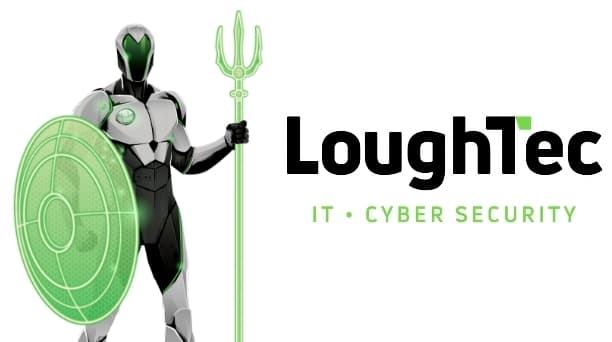Security Operations Centre SOC
Page EnquiryDo you know what a cyber-attack could cost your business?
Click the link to see your businesses potential financial risk from a cyber attack via our bespoke Cyber Attack Impact Calculator.
Ask yourself:
- How important is your data to you and your business?
- What happens if you cannot access your data?
- What impact does this have on you and your business?
- Is your reputation affected because of this?
- Will it impact your business finances?
Our LoughTec Security Operations Centre provides customers with enterprise-grade threat detection and incident response capabilities at a fraction of the cost. Our managed SOC is well-versed in the constantly changing threat landscape and will provide absolute and unified security for your network infrastructures 24/7/365.
How the LoughTec SOC can protect your business?
The LoughTec SOC is responsible for detecting, analysing and responding to security incidents in real time delivered through software, technology and human security analysts.
In addition to 24/7 monitoring and management, the SOC helps organisations maintain security policies and procedures, deliver training and provides regular reports on our clients security posture.
Client Benefits
Real-time 24/7 response
When a threat is detected and confirmed to be malicious, our team can detain the infected device immediately; cutting the threat actor out of your network and stopping the spread before it starts.
Quick and Easy Deployment
Have your SOC up running within a matter of days. We will do all the implementation, you can just relax knowing you are making one of the best security upgrades possible.
Monthly Reporting
Every month you’ll receive a report that summarises all the events investigated, the privileged accounts monitored, any suspicious findings, and an executive summary suitable for management.
Initial Attack Surface Assessment
Patented technology built from the ground, giving us the ability to continuously monitor and respond to the modern threat landscape.
Simplified Pricing
We offer our service via a simplified pricing model – per month or per annum, giving you the flexibility to choose what is right for your business.
We monitor your network and detain threats, before it’s too late
Network visualisation, insider threat monitoring, anti-malware, traffic analysis, and endpoint security, all in one rapidly deployed service.
Here’s how it works:
Step 1.
No obligation, no cost initial consultation to review your current security protocols, enhanced potential requirements and your main concerns.
Step 2.
Deploy the LoughTec System Security Scan for a deep dive on your current cyber posture as well as your threat risk score and analysis.
Step 3.
Review all findings and create our joint cyber security action plan to mitigate the potential risks.
Step 4.
Implement the required tailored cyber improvement plan and resolution actions for your business.
Step 5.
Ongoing LoughTec account management updates with additional training and support tools and plans available.
A security operations centre, or SOC as it is commonly known, is now a product and support service that almost every business requires, whether they know it or not. Normal office manned hours for most businesses IT or security teams are Monday to Friday and 9am-5pm. This means that 76% of the time, no one is in the business or watching your business infrastructures for cyber attacks, breaches, data exfiltration, ransomware deployment etc.
Our advice to every business is that you need better visibility of your security posture and an understanding of the implications to your business of a data breach, malware or ransomware or any current threat.
Remember cyber threat is a real and constant – there is a good chance that you have already been hacked. If not yet, you definitely will be. It’s important to know that your network is being monitored 24/7/365. LoughTec offer multiple layers of proactive and preventative cyber security solutions, suitable for all businesses, whilst specialising in SME and enterprise level cyber security with bespoke cyber security solutions,
To find out more, enquire below.






